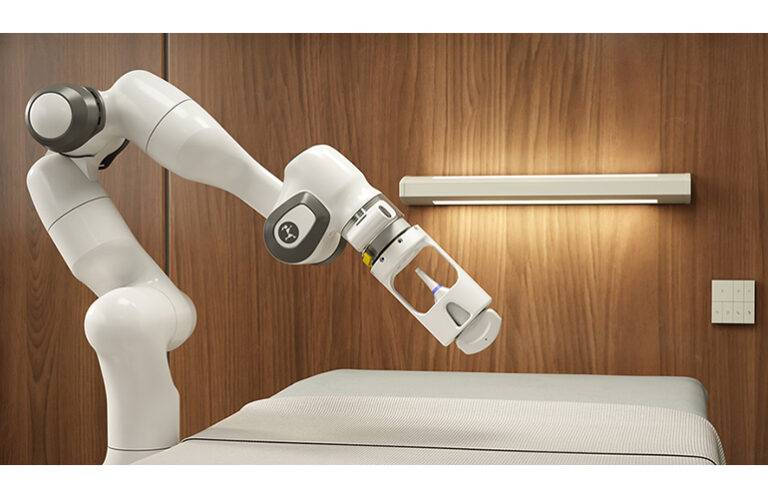
NVIDIA and GE HealthCare Revolutionize Radiology with Physical AI
Share
Transforming Medical Imaging with Robotics and AI

[Image courtesy of NVIDIA]
Imagine entering a hospital where robots perform medical scans. You lie down, and a robotic ultrasound system autonomously examines your liver. A technician gives a simple voice command, and the machine smoothly scans and transmits images to a radiologist. This futuristic vision is becoming reality as NVIDIA and GE HealthCare collaborate to create autonomous imaging technologies.
Addressing the Global Radiologist Shortage
The healthcare industry faces a serious radiologist shortage. The U.S. had around 37,482 radiologists serving Medicare patients in 2023. However, imaging demand is expected to grow 16.9% to 26.9% by 2055. Meanwhile, radiologist supply will only increase by 25.7%, leading to a persistent workforce gap. Ultrasound sonographers are also in short supply, further complicating patient care.
AI-Powered Workflow Optimization
Kimberly Powell, vice president of healthcare at NVIDIA, highlights AI’s role in streamlining radiology workflows. AI can improve efficiency in two key ways.
First, AI can intelligently triage scans. For example, hospitals perform countless chest X-rays, but only 10% show abnormalities. AI can sort these images, prioritizing urgent cases while optimizing workload management.
Second, AI can enhance image quality control. Many X-rays are blurry, forcing patients to return for retakes. AI can instantly detect poor-quality images, enabling technicians to correct mistakes before patients leave. This closed-loop system reduces unnecessary visits and improves hospital efficiency.
Enabling Autonomous Radiology with AI
Ultrasound is a life-saving tool, but skilled operators are scarce. NVIDIA and GE HealthCare are working to make ultrasound and X-ray systems fully autonomous. GE’s AI-guided ultrasound already assists operators like a “Park Assist” feature in cars. The next step is developing robotic imaging systems that handle scanning, positioning, and quality control independently.
These advancements could bring imaging services to remote areas and under-resourced clinics. Powell envisions a future where patients receive thyroid scans at local pharmacies, expanding healthcare access.
The Hospital as an AI-Powered Robot
NVIDIA pushes the concept further by integrating AI into entire hospitals. Powell describes “physical AI” as technology that enables hospitals to perceive, reason, and act. Sensors, cameras, and LIDAR could monitor hospital activities, optimizing workflows in real time.
NVIDIA’s Isaac for Healthcare platform is already in early adoption with partners like Moon Surgical, Neptune Medical, and Xcath. Industry leaders such as Ansys, Kinova, and Kuka are integrating robotics and simulation tools to enhance AI-driven automation.
Building the Future of Autonomous Healthcare
NVIDIA’s vision for medical autonomy relies on a three-computer system. A real-time AI computer powers medical devices, while a data center trains AI models. Lastly, NVIDIA’s Omniverse acts as an operating system for virtual simulations. These technologies combine to create an AI-powered healthcare ecosystem, revolutionizing patient care and hospital efficiency.
